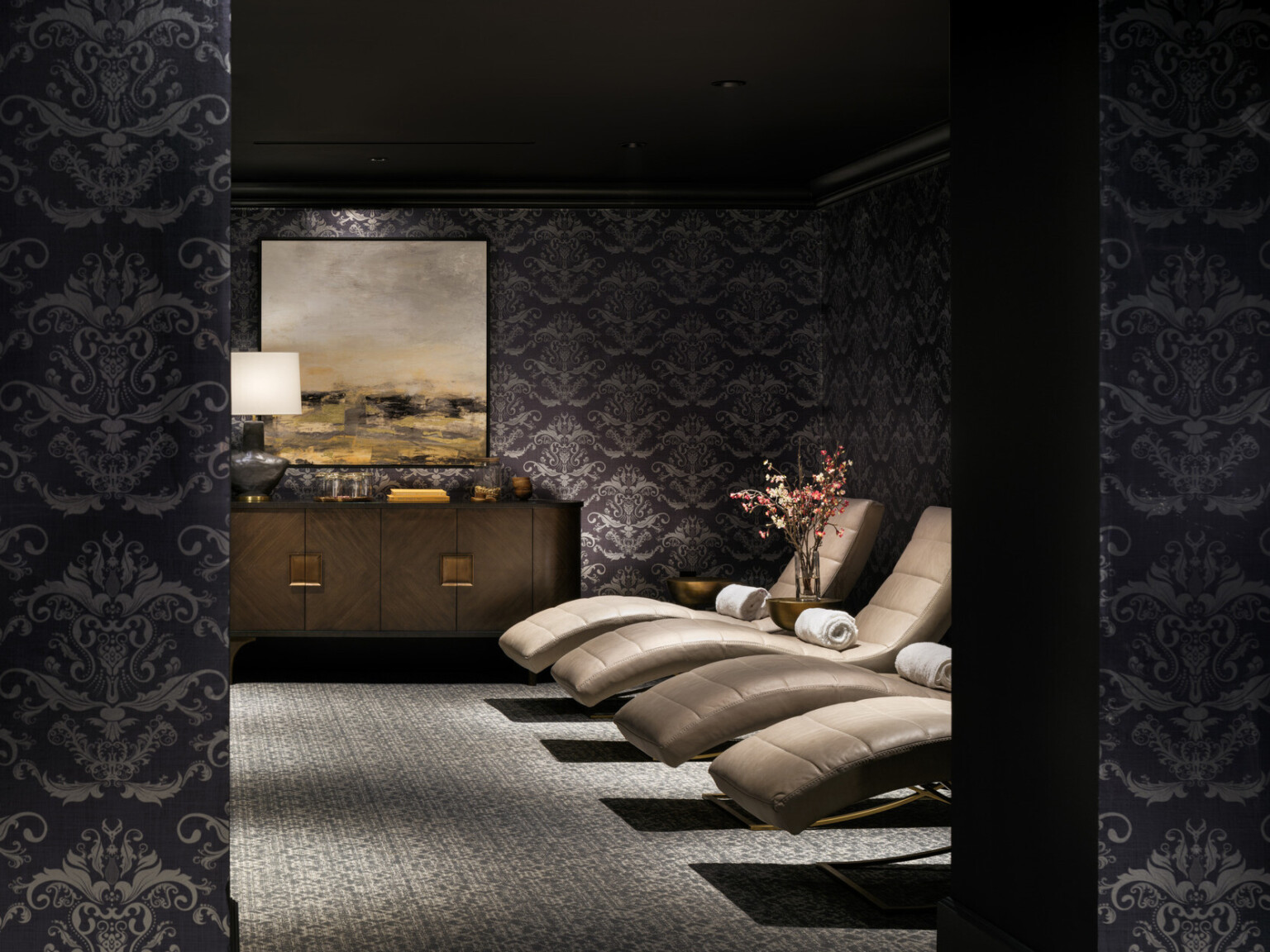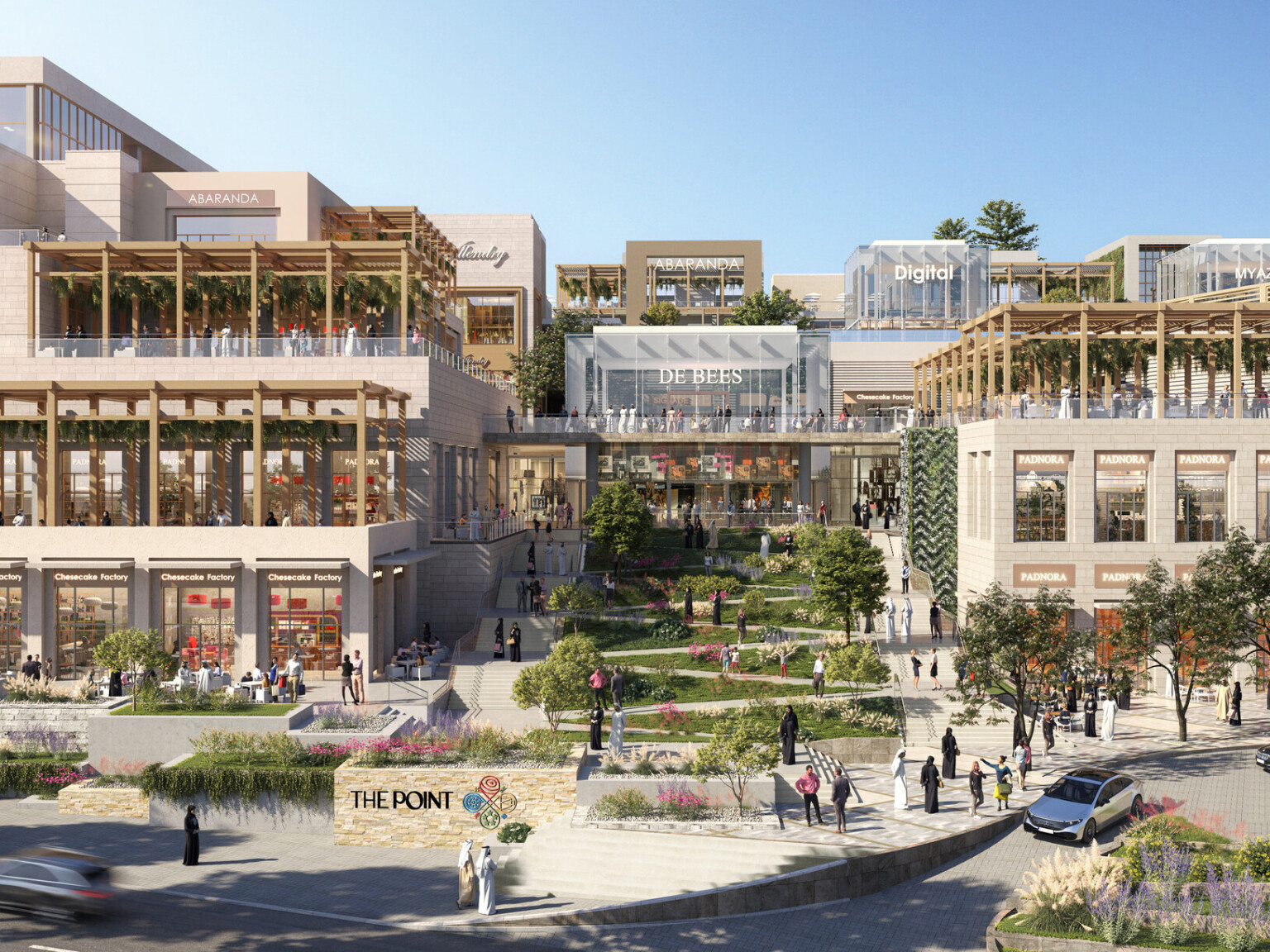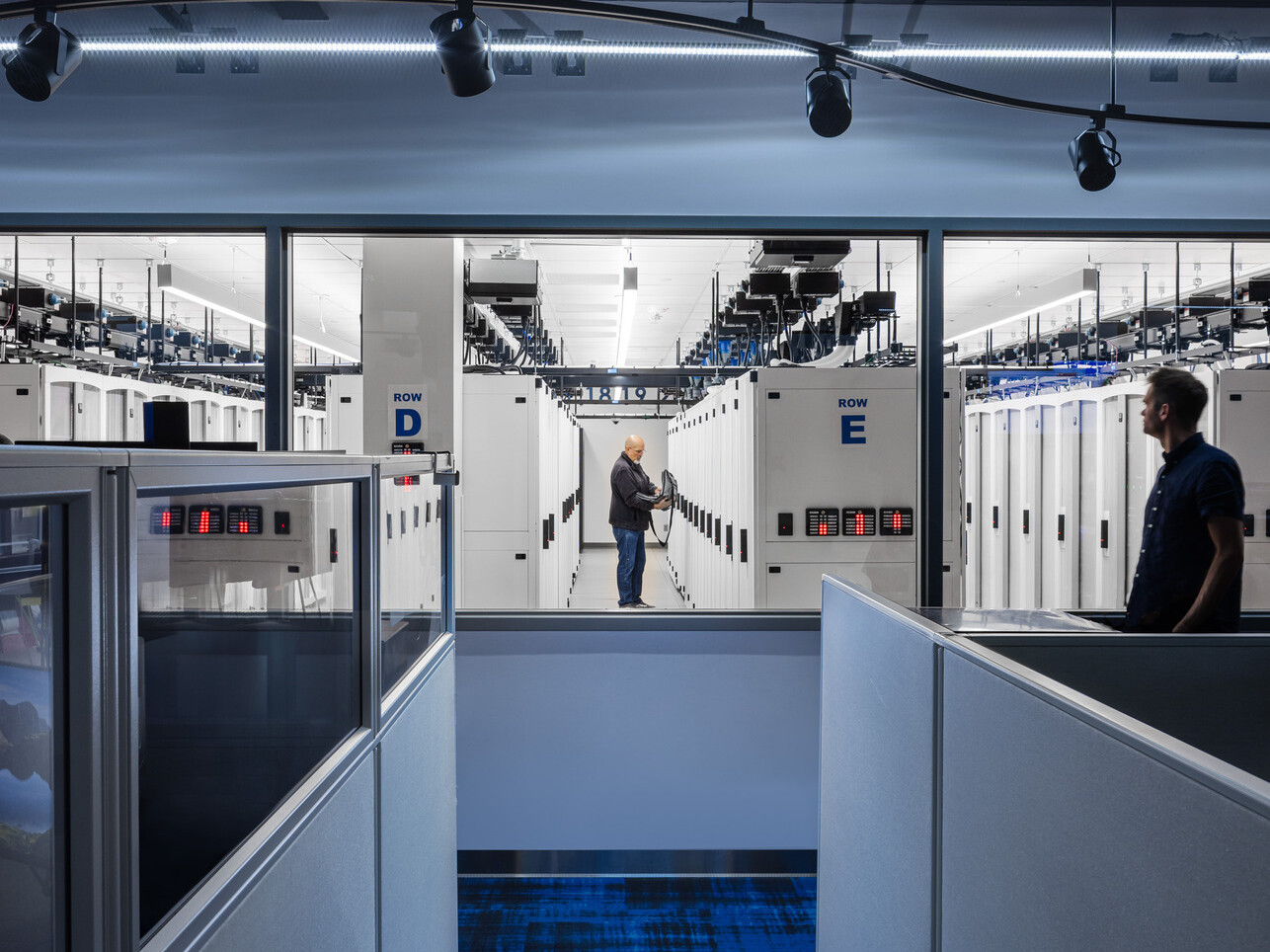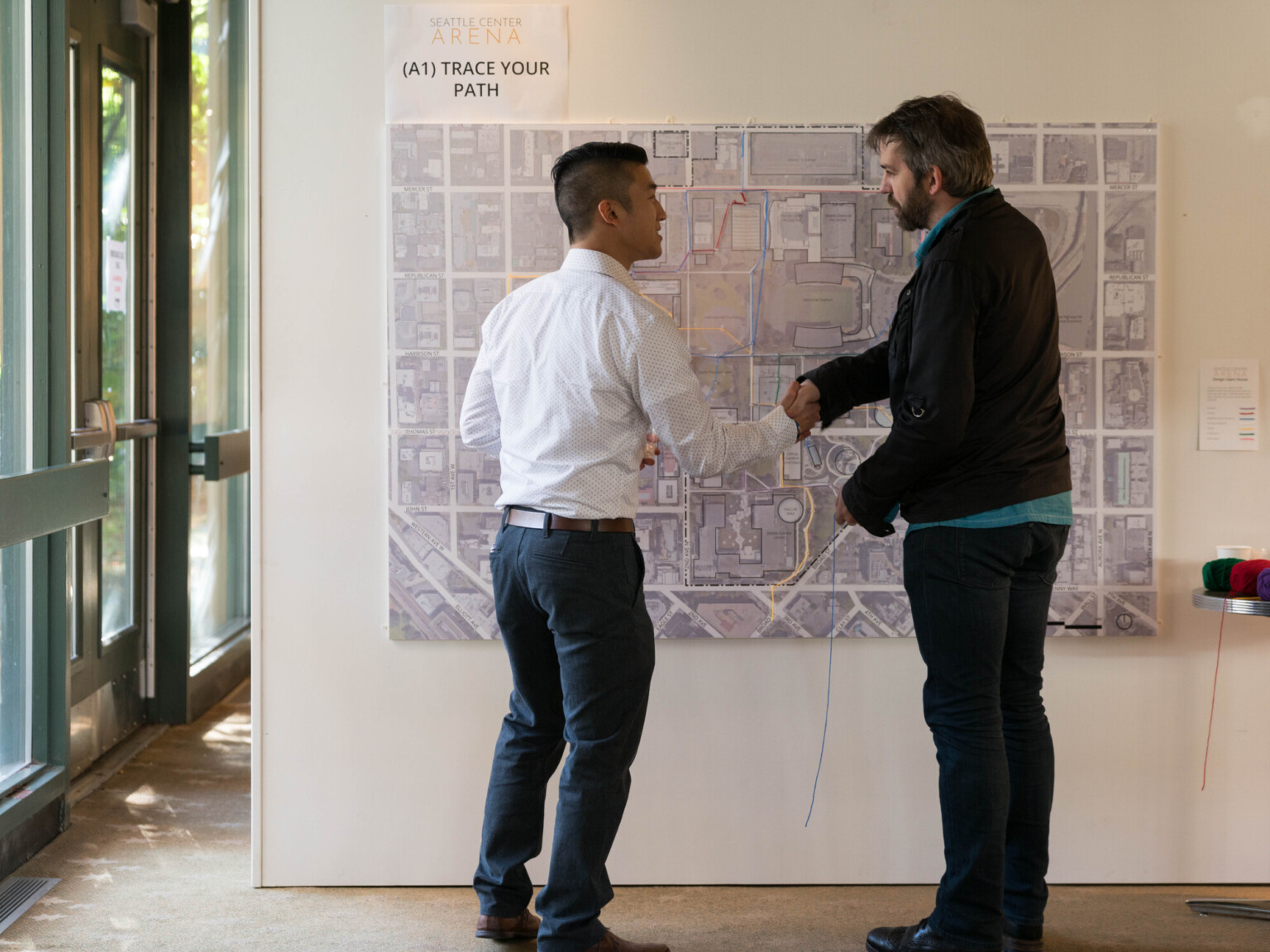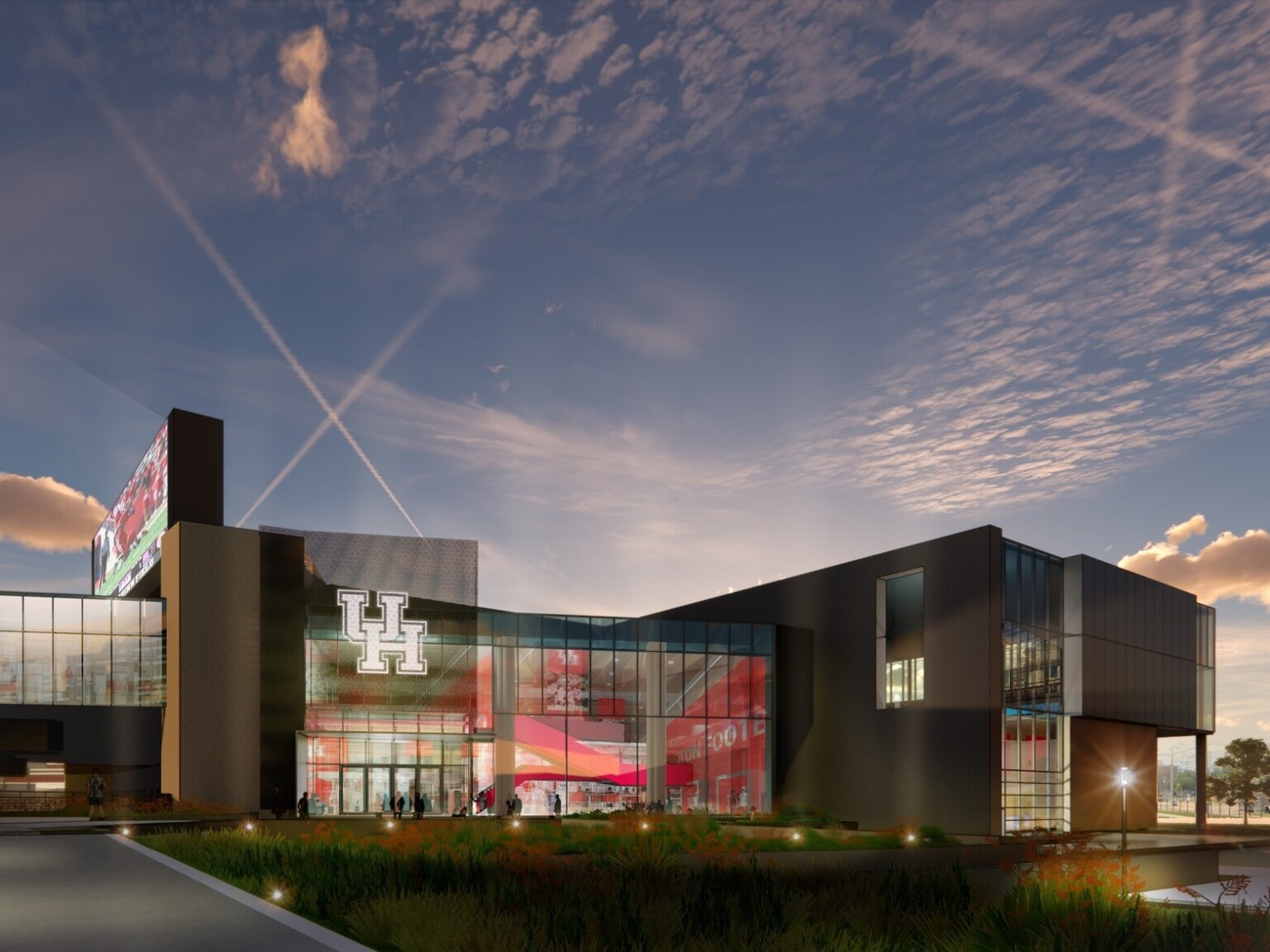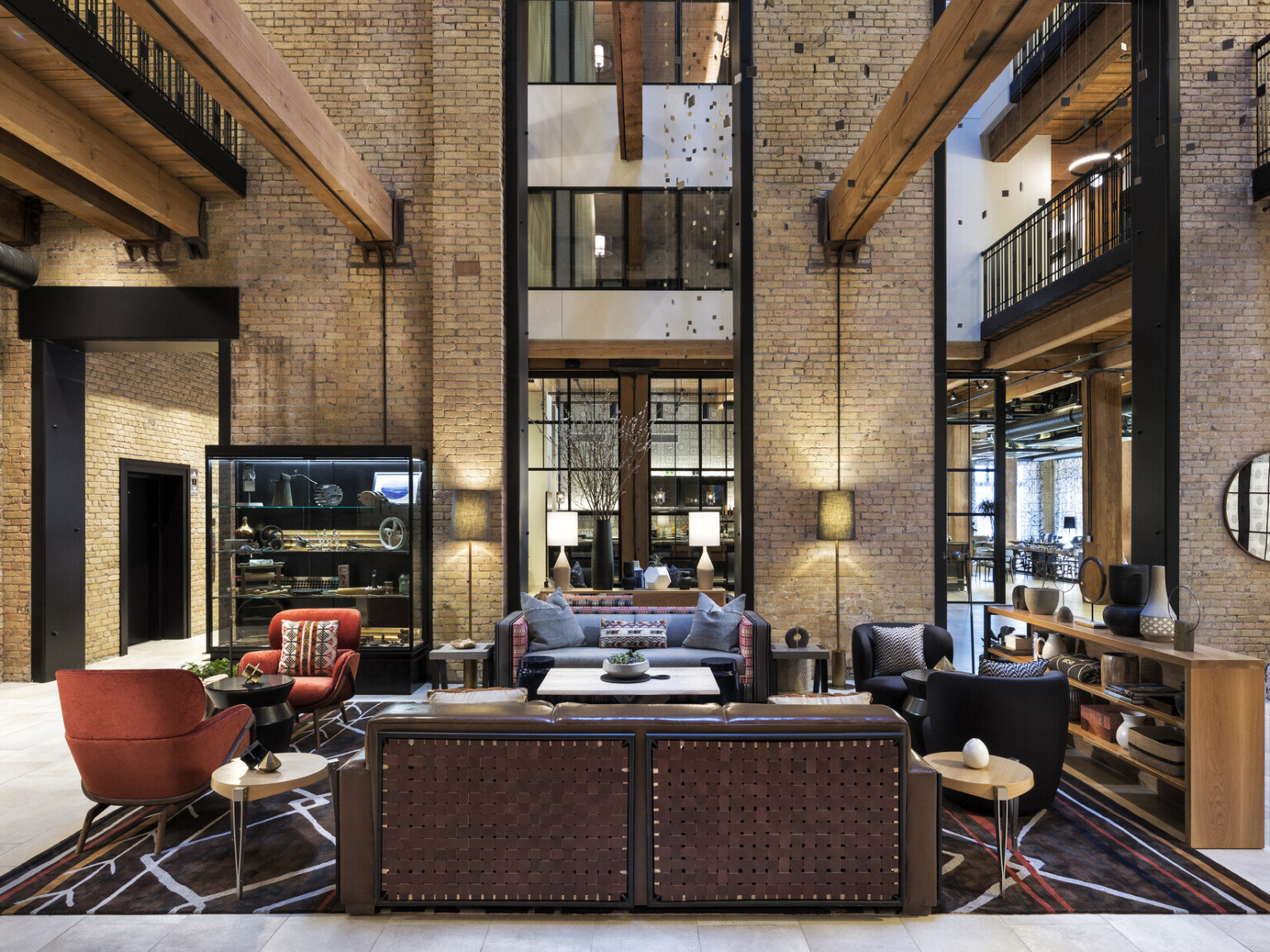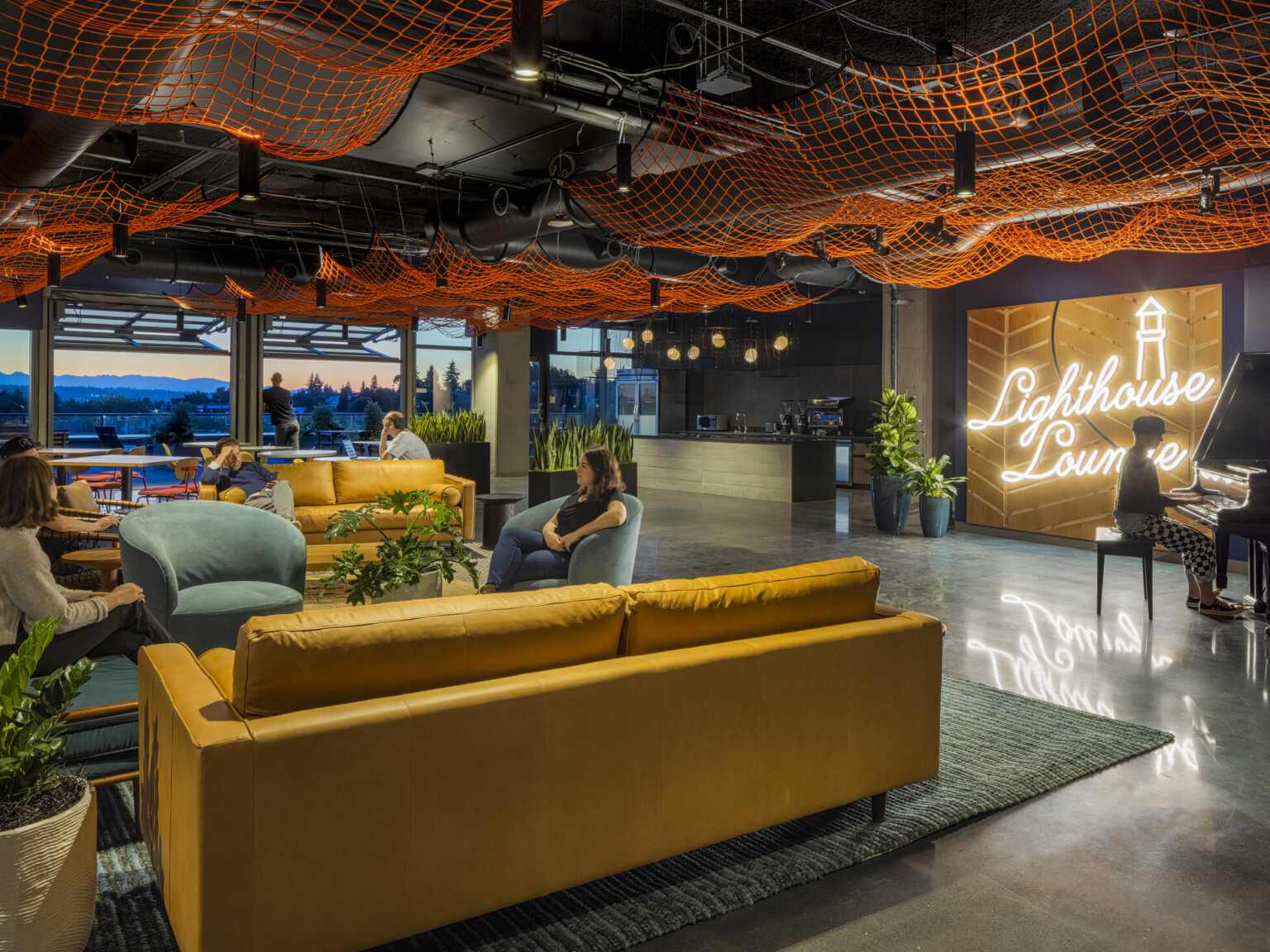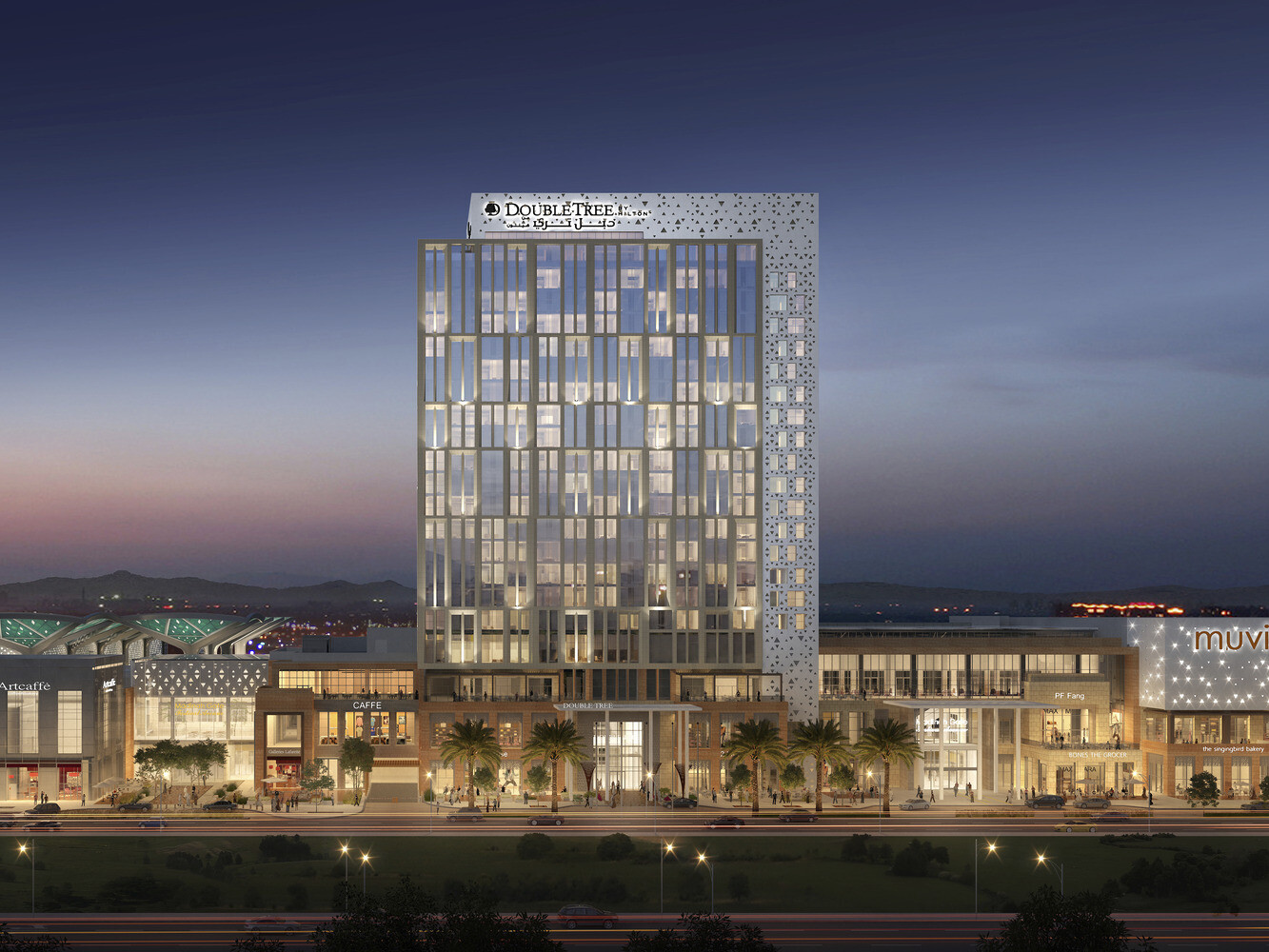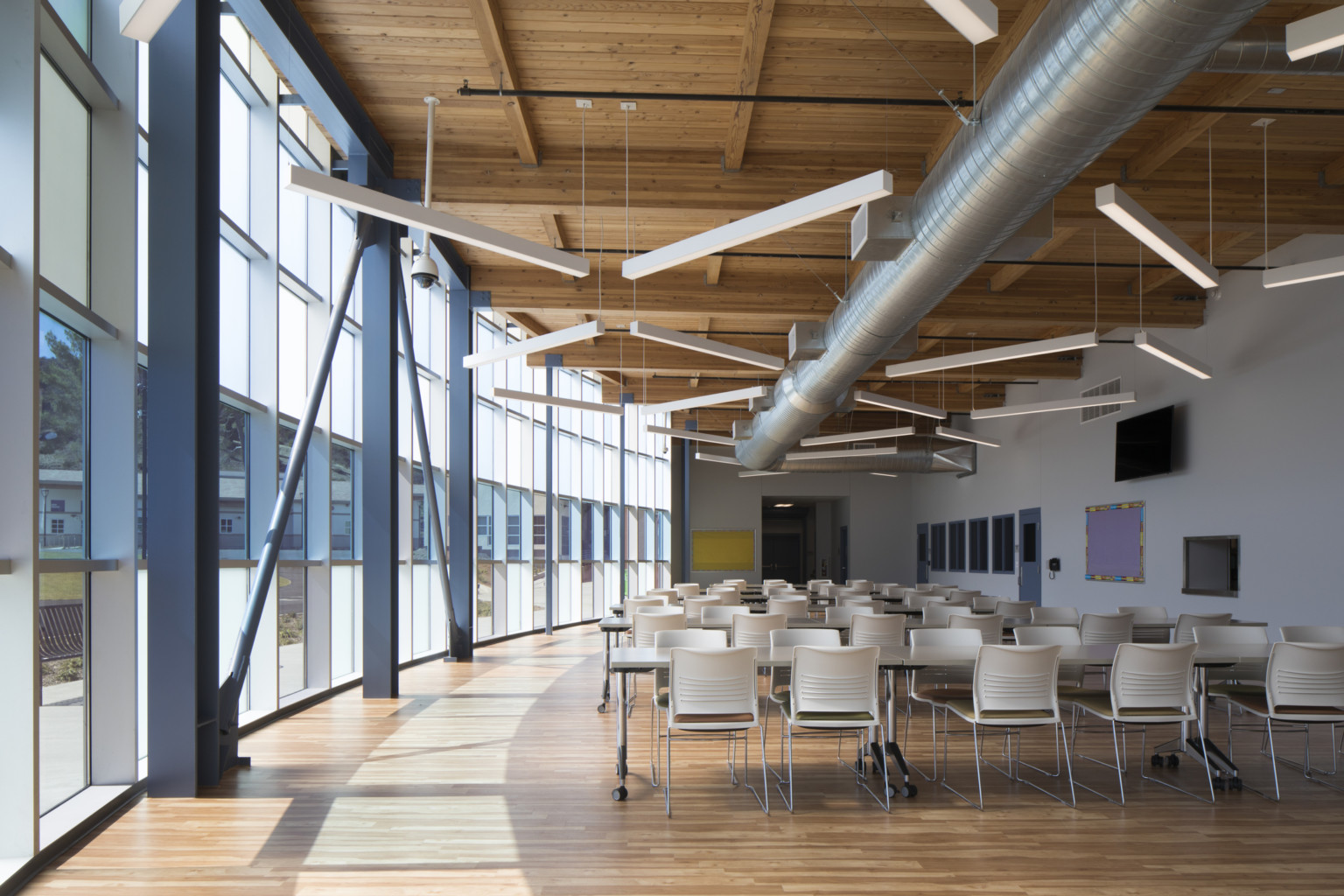
The Benefits of Being Connected to Nature through Intentional Design
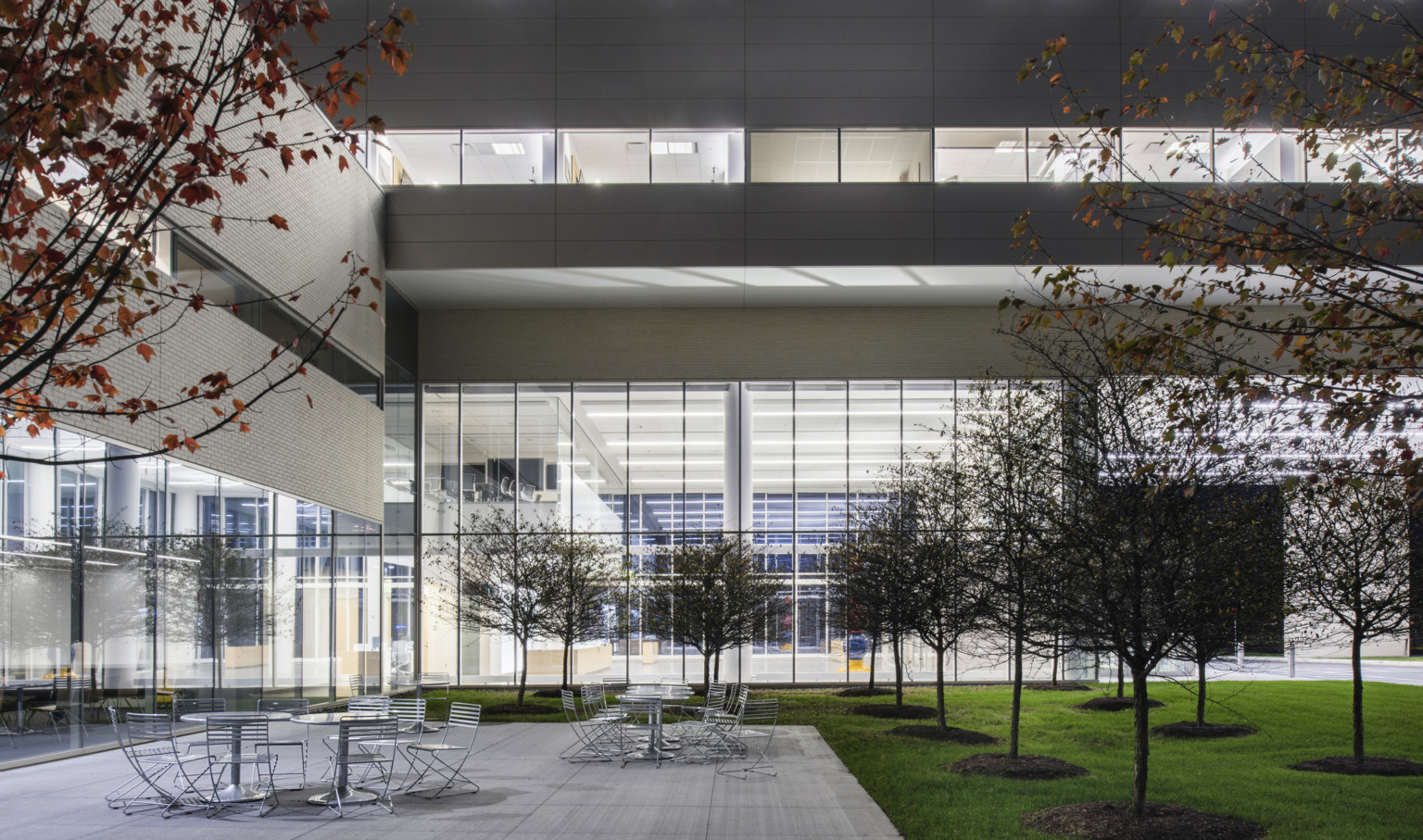
How Much Do Views Matter?
Design publications and AEC firm websites alike espouse views: views of the city, views of the landscape, views of the clouds. But views are a scientifically legitimate design feature that can be applied in many of today’s renovated and newly constructed office buildings. Below are some of the studies we commonly share with clients when we are asked just how much views matter.
A 2011 study by Ihab Elzeyedi examined an open-plan office building at the University of Oregon where 30 percent of the offices overlooked trees and landscape; 31 percent overlooked a street, building, and parking lot; and 39 percent had no view. The study linked a 10 percent reduction in occupant sick days to both view of nature and exposure to daylight. Specifically, the study reported employees overlooking trees and landscape took an average of 57 hours of sick leave per year, compared with 68 hours by employees with no view.
In a 2010 study comparing an older workspace with limited access to windows reducing both daylight and views of nature, to a newer workspace with better views and increased exposure to daylight, psychologist Julian Thayer and his team found that workers in the new space had lower markers of stress and improved indicators of heart health. The new space provided seated access to views and daylight with workstations located along the window wall, and furniture partitions lower than 64 inches. The floorplate dimensions, ceiling height, and HVAC system were the same in both buildings. What is more intriguing is that workers in the new space also exhibited a better sleep cycle and lower stress outside of the workplace.
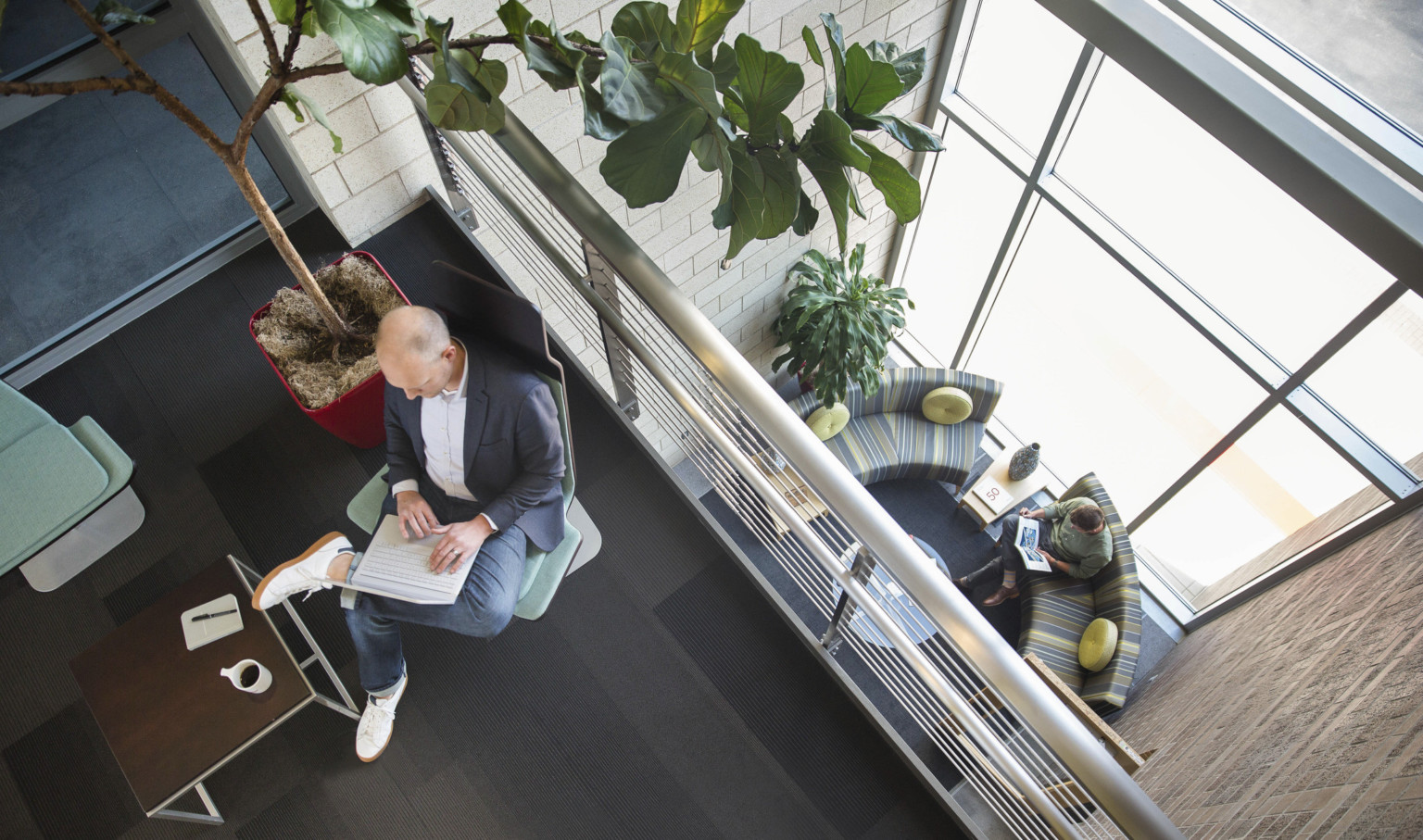
In 2003, the Heschong Mahone Group undertook a major study with the Sacramento Municipal Utility District to study the performance of employees with varying access to outdoor views and daylight. By studying existing employees at their various workstations, the research team found some important correlations. Employees with seated views to outdoor vegetation handled calls 6-to-12 percent faster and performed 10-to-25 percent better on mental function and memory tests, as compared to employees without views. Construction costs for operable windows and a slight increase in square footage requirements to accommodate revised workstation layouts for outdoor view access totaled $1,000 per employee, whereas the annual productivity savings averaged $2,990 per employee.
Some of the most informative research on views of nature and its effects on our attention span and mood has been done by Stephen and Rachel Kaplan (Kaplan, 1995; Kaplan and Kaplan, 1989). The Kaplans and their collaborators noted that nature seemed to have a variety of beneficial effects on human attention and focus, whether it was after a walk in a natural setting or just viewing nature through a window or in a photograph. They coined the term attention restoration theory (ART) to explain how, by providing biophilic images that only demand our “soft” or low-effort attention, nature helps to restore our focused, or effortful, attention.
In 1994, Joseph J. Romm and William D. Browning studied ING Bank’s new headquarters, a newly constructed 538,000-SF office building for 2,400 employees. Rather than a monolithic tower, the building was broken up into ten slanting towers interspersed with gardens and courtyards and connected by an internal street lined with cafes and collaboration spaces. All individual workstations were located within 23 feet of a window with access to views and daylighting. Romm and Browning identified a 15 percent reduction in absenteeism.
This research, and more, highlights the benefits of views through reduced absenteeism, lower stress levels, and improved performance and mental function. All of these factors may indicate a more productive environment where user performance is enhanced. This could hint at a return on investment if designing for views was to cost more. So, how can we design for views?
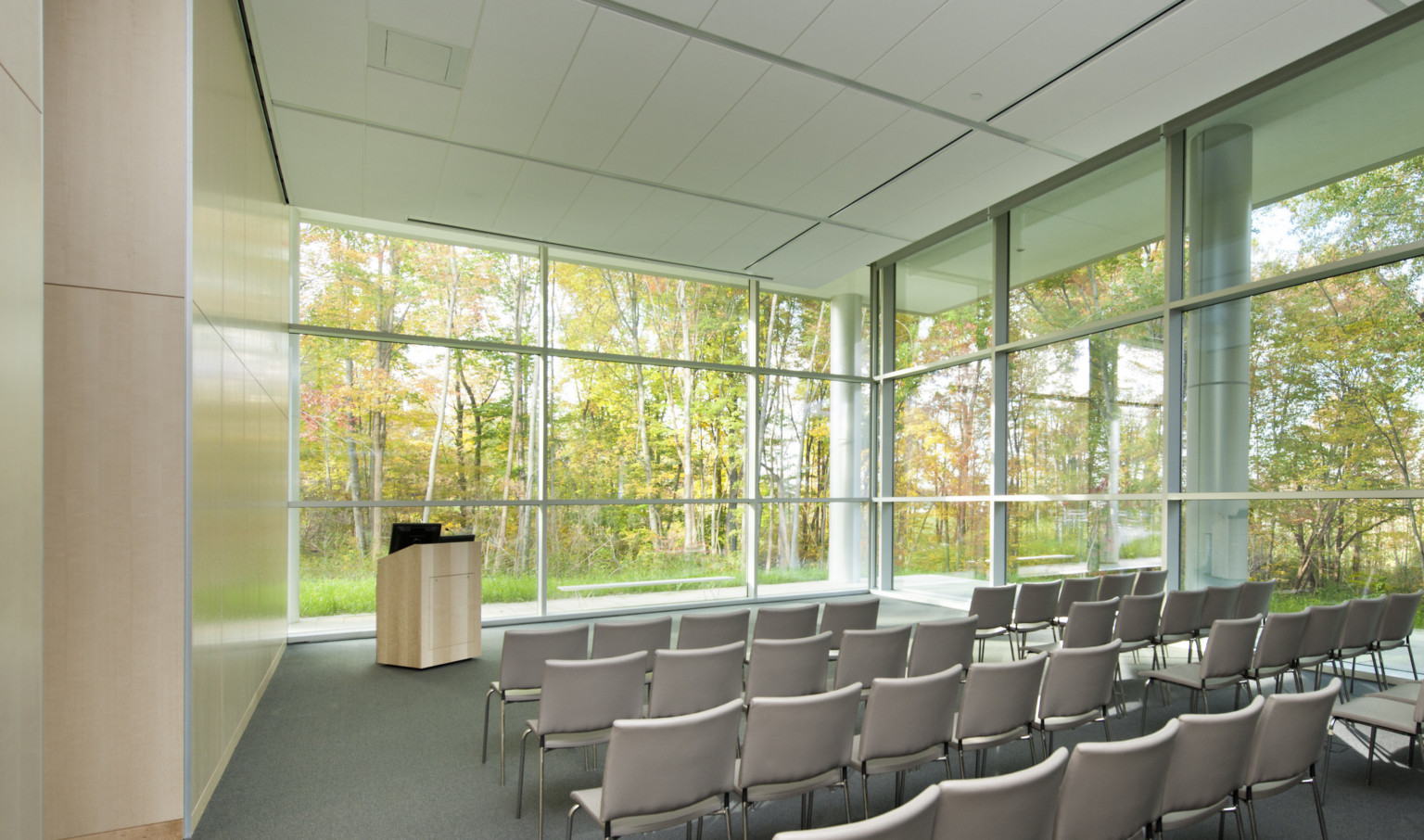
The Top 5 Design Strategies for Views
We’re all familiar with the design paradigms pushing private offices into building cores and away from the perimeter. Rising real estate costs have facilitated the reduction, and even elimination, of private offices in favor of open offices as an attractive option. This trend is about much more than dollars and cents. It’s about what makes sense for all employees to keep them more engaged. To achieve this, it is key that views are integral to the design conversation throughout various facets of the design process.
Building form and depth establishes opportunities for views to the outside. Limiting the depth of the building floor plate so the deepest workstation is less than 25 feet away from the perimeter, and designing the building form to generate views, can provide enormous opportunities from the get-go.
Building orientation and external shading for windows is one of the most important features that can enhance views for all occupants. Providing external shading ensures that glazing will be shaded from direct sun or glare, allowing the internal shades to stay up, preserving the view to the outside for the users.
Landscape or nature views are key to a quality that impacts productivity and behavior. This concept ties into biophilia, or the innate need for humans to have a connection to nature, natural forms, or patterns. Site design and building form provide opportunities to create such views when they are not part of the natural landscape already.
Interior layouts for equity ensure views for all users. Lower office partitions perpendicular to the building fenestration should provide access to seated views for all users. Glazed interior partitions can provide views throughout the floor plate. Transparent partitions for perimeter spaces can also provide acoustic division while preserving visual access.
Storm water design can create opportunities for views of water, green walls, green roofs, and more. These strategies need to be carefully vetted from a maintenance standpoint but can enhance views for sites that may not have natural access to these features.
Setting a goal for views is key to achieving it. Establishing a goal based on views for a majority of employees may be more effective than the percentage of square feet with views. Certifications such as LEED and WELL will give projects credit for quality views, and can help establish criteria for what constitutes quality views. These standards, if used to enhance design in accord with client priorities, can also help enhance other interests for the building. Views, daylight, thermal comfort, and indoor air quality are all closely related and most of these features can create opportunities to improve holistic building performance, as well as end user satisfaction.
Views are one of several factors that can affect how employees feel about their jobs.
